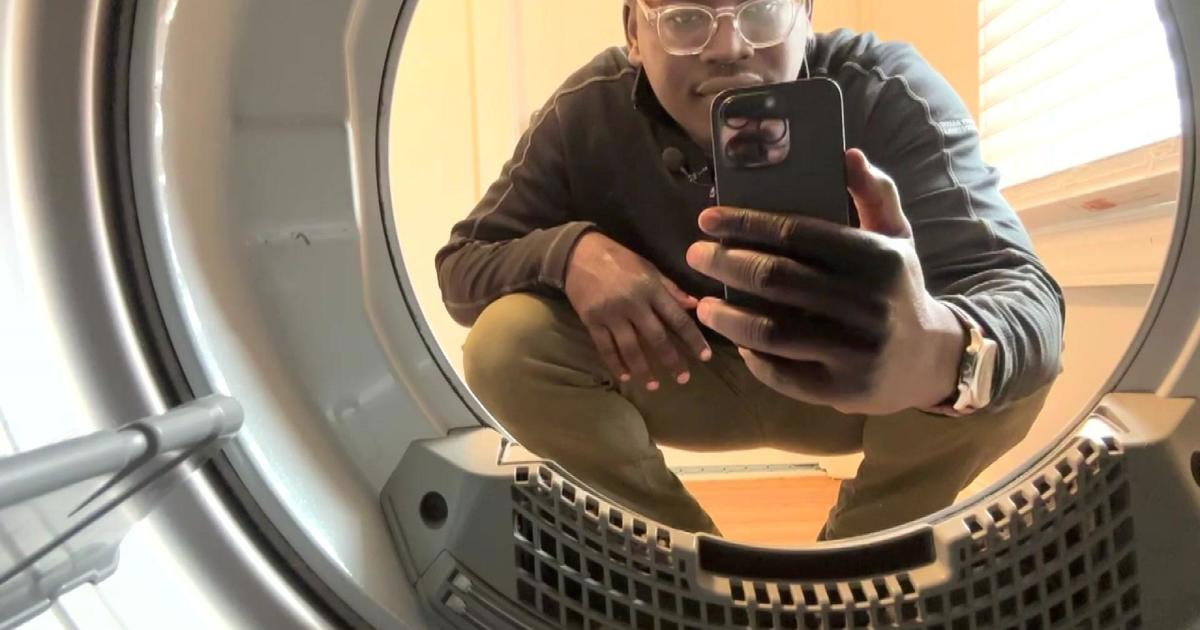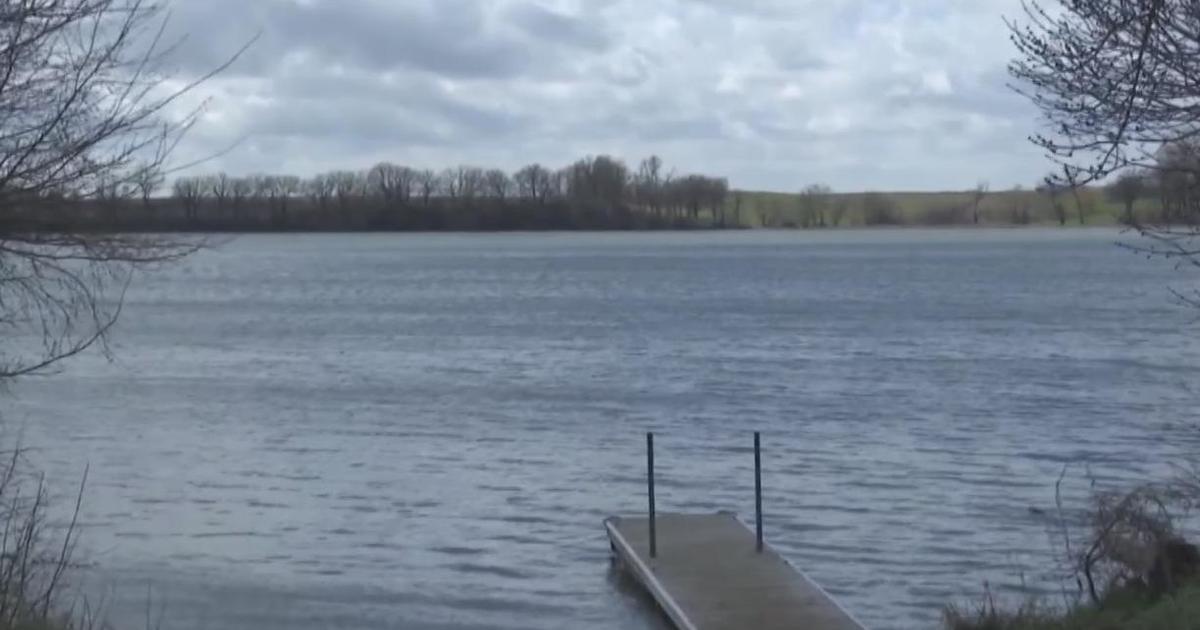Aquatic Invasive Species Research Lab Unveiled At 'U'
MINNEAPOLIS (WCCO) -- Invasive species in Minnesota's lakes are a growing problem.
And now researchers at the University of Minnesota have a better way to help combat that problem.
The U of M unveiled their renovated, state-of-the-art research facility for aquatic invasive species on Wednesday. They had a fish dumping instead of ribbon-cutting ceremony.
It is a 1,000-square-foot, state-of-the-art lab, equipped with a massive water filtration, aeration and treatment system.
One of the new upgrades is bio-containment tanks. They are filtrated, so they can now house a lot of new species then before.
First-year grad student Megan Tomamichel is about to begin her research project on a recently-found invasive fungus in yellow perch.
It is a fungus that also affects walleye and pike, which are game fish that Minnesotans love.
"So the idea is that I have experimental fish, and by infecting them with this disease I'll be able to study how it moves between fish, and then as well as fish can recover or how quickly the disease progresses," Tomamichel said.
She and other students will be able to do work that never would have been possible before.
The lab has dedicated areas for zebra mussels, invasive plants and Asian carp. Even the walls are black to mimic underwater conditions.
"The important things are that we have space," she said. "I have a thousand perch that I'm working with, so it's a lot of fish."
Also new in the lab is a wastewater treatment system, which ensures nothing they are studying escapes into natural waterways.
They will also be able to work with more species, since before they could only study juvenile fish.
The lab will be fully up in running in the next couple of weeks. Tomamichel says the timing could not be better.
"I'm so excited, I've been waiting for this day forever!" she said.
The lab is located on the U of M's St. Paul Campus. It was all made possible by funding from the state legislature, the Environment and Natural Resources Trust Fund and the Clean Water Fund.





